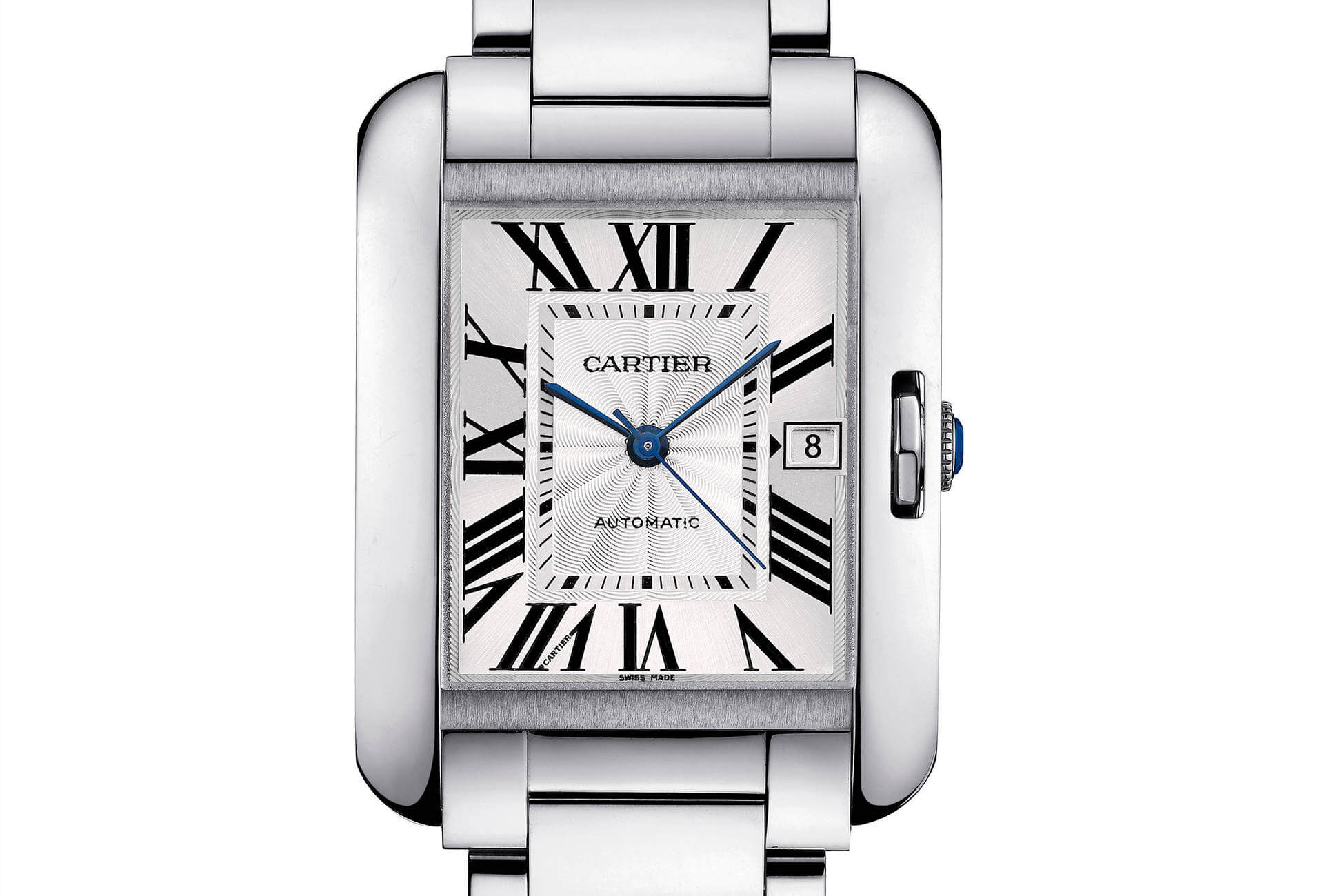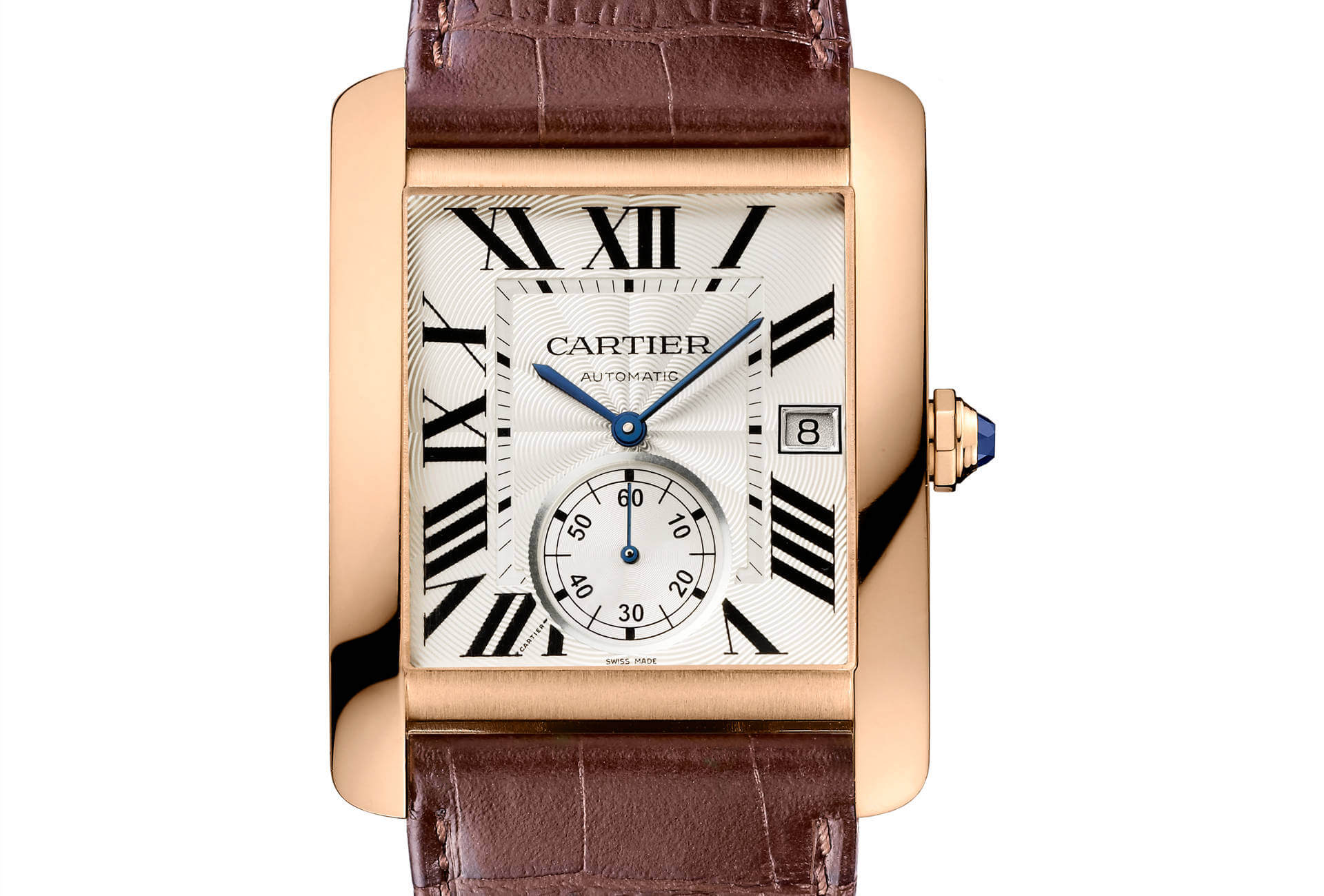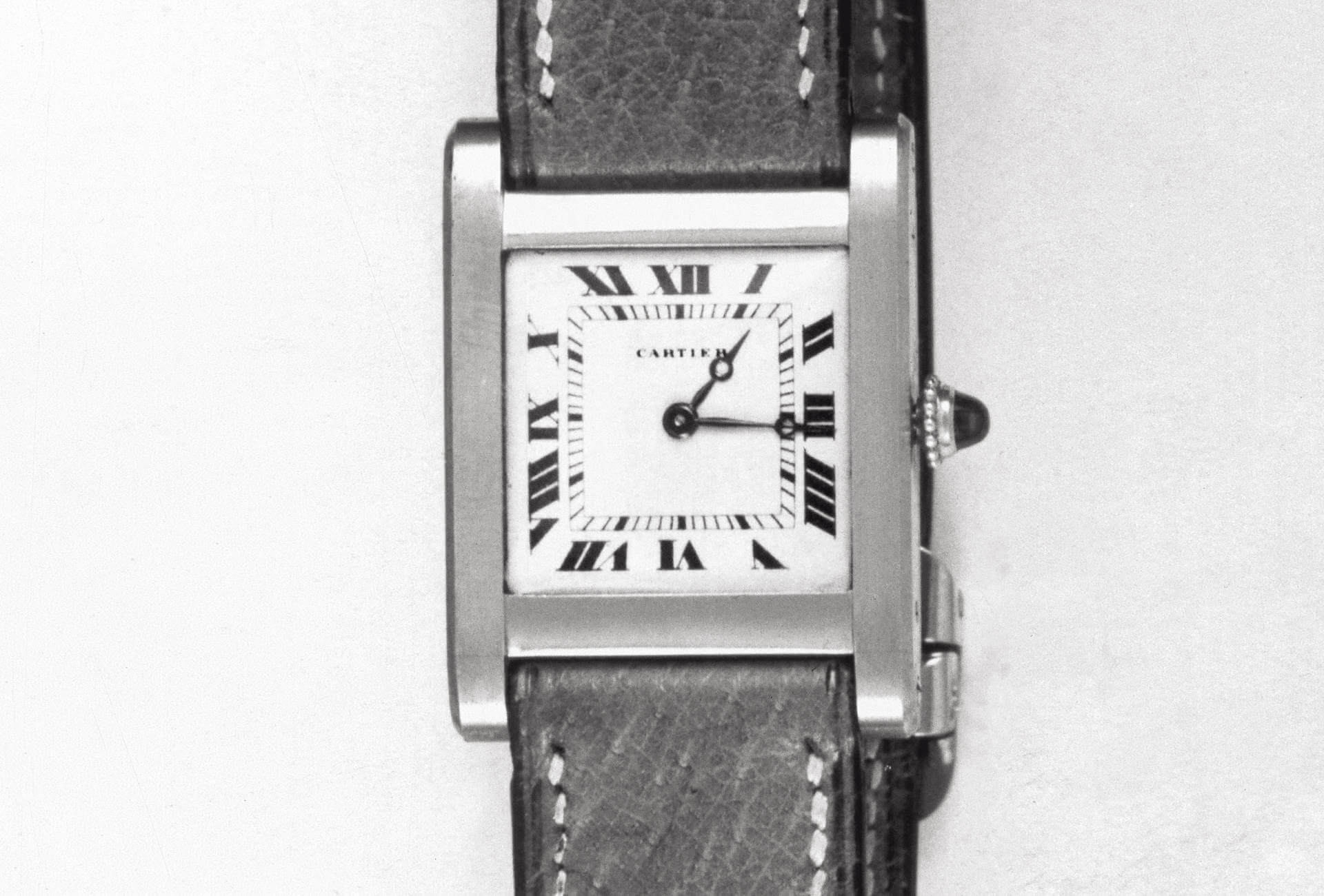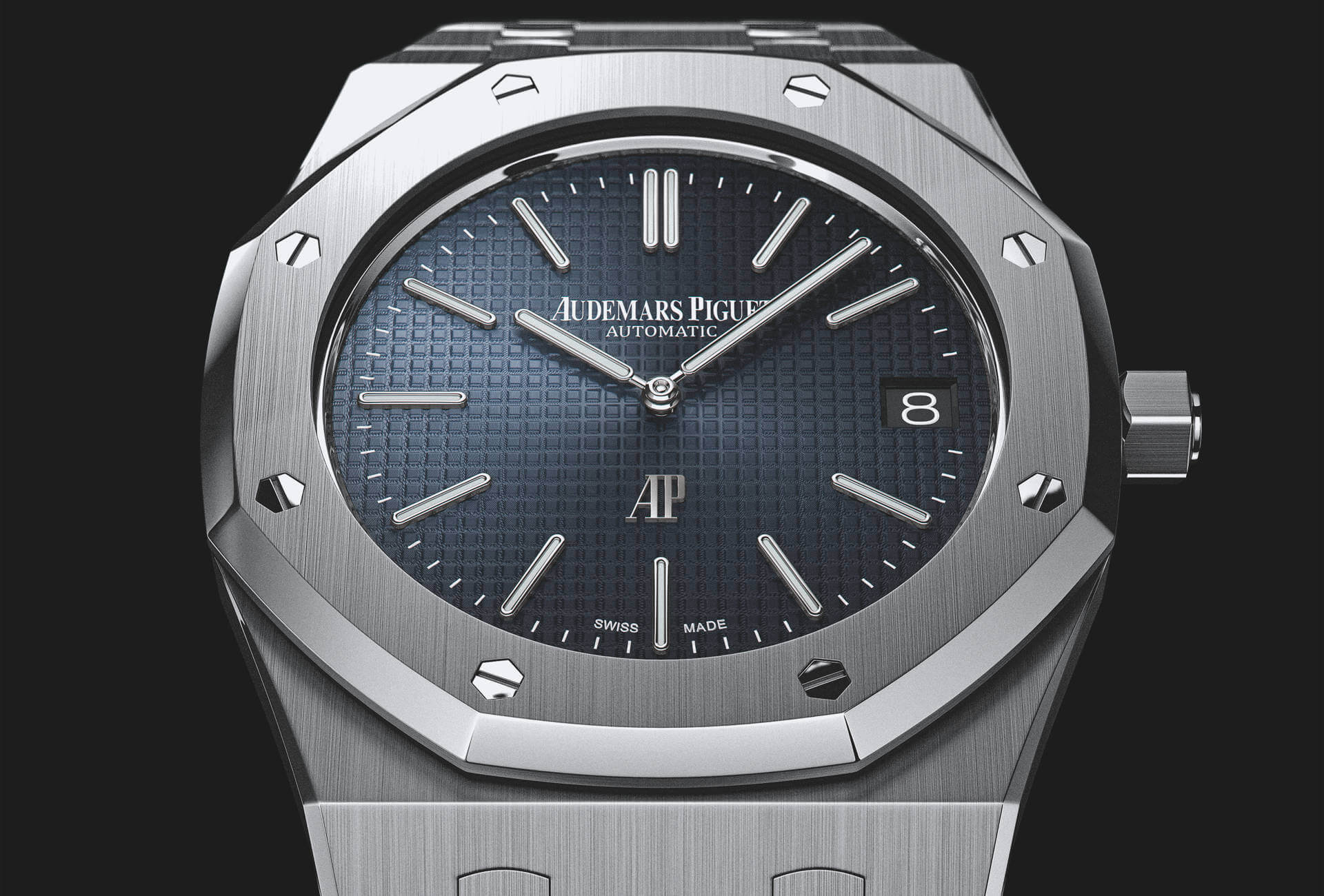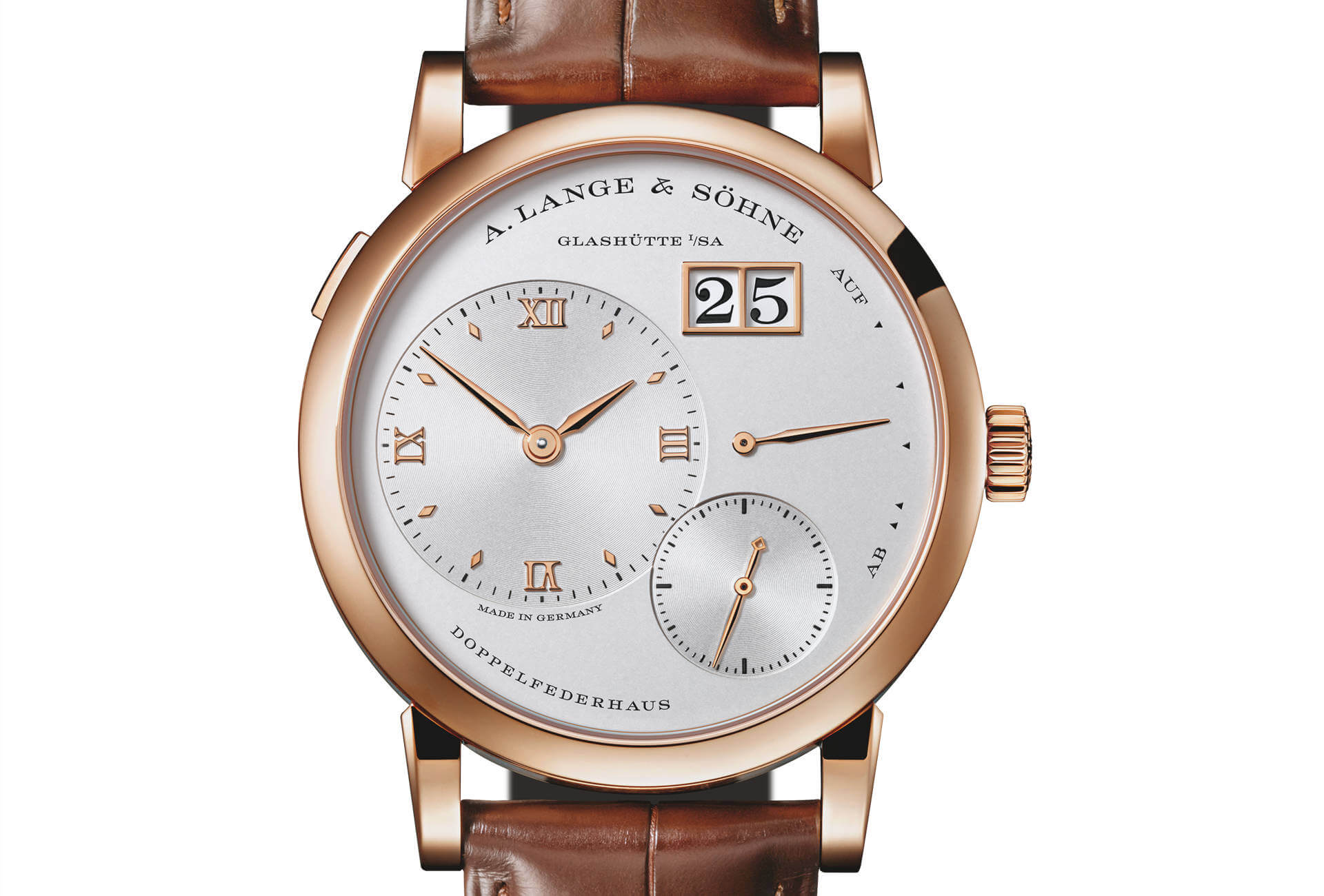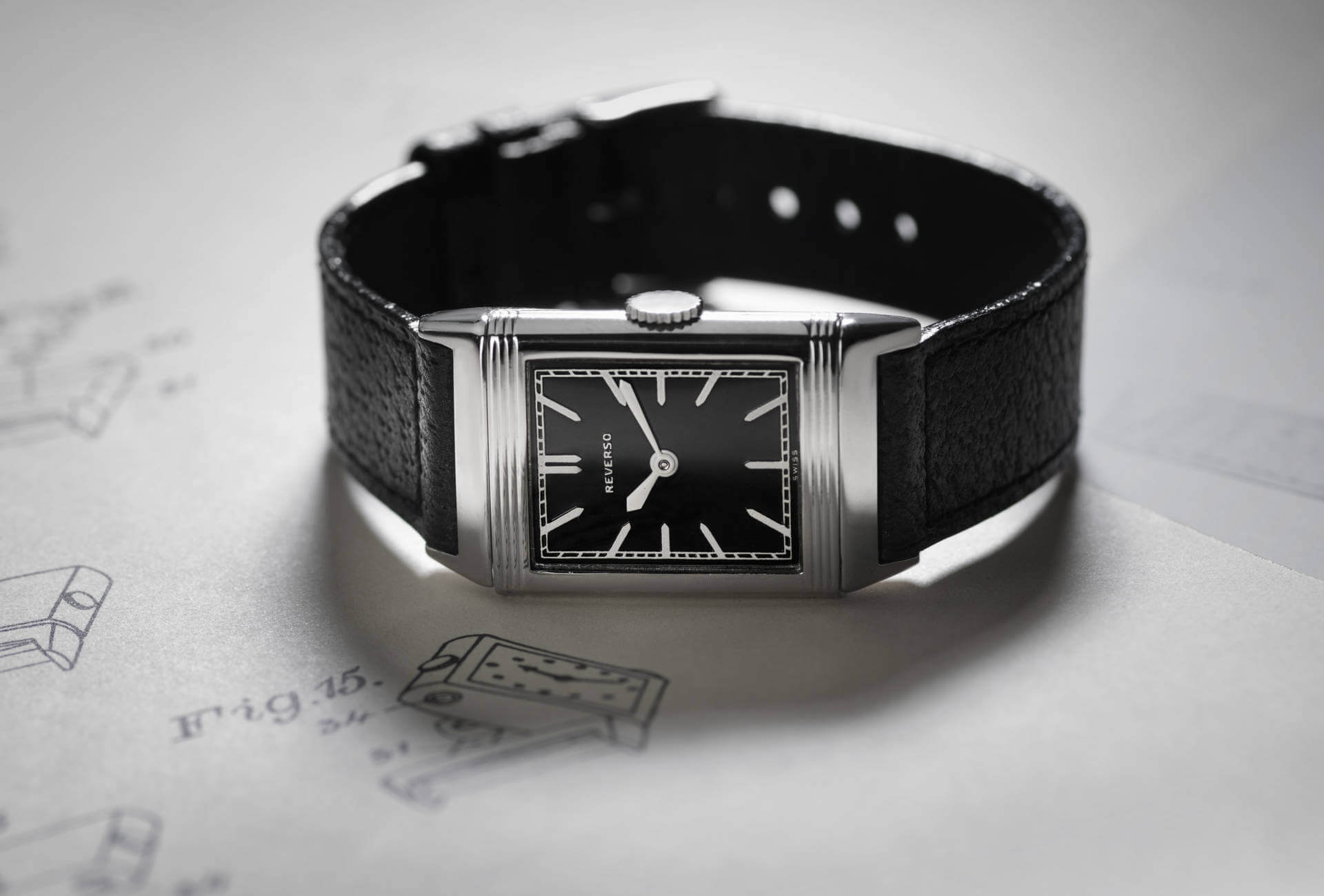The wristwatch began its ascension in the early 1900s as it gradually made inroads into the pocket watch market (although Swiss exports show it would not equal the pocket watch in popularity until 1930). The migration from pocket to wrist implied a completely new design and various solutions, some more successful than others, were proposed. A hundred years ago, adapting a round watch to the straight segment of a strap in an aesthetically pleasing way was anything but simple. The question centred around the attachments, which ensure the continuity between case and strap. Sensing that a revolution was under way, Louis Cartier (1875-1942) set about finding the answer. He was able to view the problem from a jeweller’s perspective, a considerable advantage given the wristwatch’s future role as ornament and accessory. He also had the perspicacity to join forces with Edmond Jaeger, a talented watchmaker with experience in producing much smaller movements.
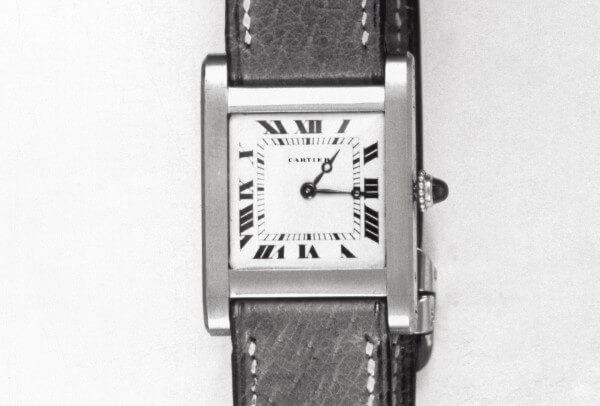
An unprecedented design
The Tank appeared in 1917 as a prototype which Cartier presented, after the war, to General John Pershing, commander of the American Expeditionary Force in Europe. According to Cartier lore, it was Louis himself who likened the watch to the Renault tank, another of the year’s inventions. Made commercially available in 1919, this Tank watch had a square case – the tank’s turret – with “brancards” – the tracks – on each side that provided an ingenious means of attaching the strap. In his book, The Tank Watch, published in 1998, Franco Cologni observes how the parallel, vertical brancards serve to emphasise an uninterrupted movement that ends naturally with angles whose softened form absorbs the attachment. Already, this pioneering design had the characteristics of successive Tank watches right up to the present day, with its Roman hour numerals, railroad minute track, blued steel hands and cabochon sapphire on the crown.
Come the early 1920s, the Tank’s form evolved from square to rectangular, such as the curved Tank Cintrée (1921), the Tank L.C. or Louis Cartier (1922), and the Tank Allongée (1922) which would lend itself to numerous versions for women. Henceforth, the Tank would appear under various names and guises, some square and others rectangular. As Franco Cologni notes, these variations in size were conclusive proof of how perfect the Tank’s original proportions were, as it became larger or smaller with absolute ease.
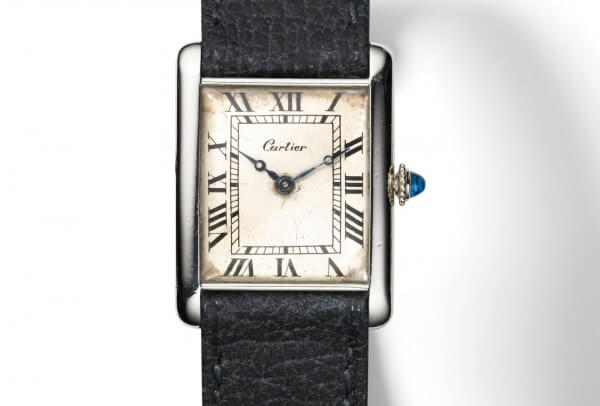
Early Tanks
The Tank watch was remarkable in its adaptation to whatever the markets or trends of the twentieth century dictated. The Tank Chinoise, for example, appeared in 1922 when the Western world was enamoured with all things Oriental, and in particular Chinese. Inspired by temple porticos, it is recognisable by the protruding horizontal bars that form a counterpoint to the brancards. A new interpretation for men was released in 1978, followed a year later by a version for women. The Tank à Guichets came about in 1928 when the market was showing an interest in digital displays, considered more modern than conventional hour and minute hands. The Tank Réversible appeared in 1932 in response to demand from certain customers for a watch that could be flipped over to protect the dial, or personalised with an engraving. This model builds on a Cartier-Jaeger patent and would inspire the Tank Basculante from 1992 whose scarcity – only 416 pieces were produced – make it a highly sought-after model among collectors. Part of the more affordable Must de Cartier collection, the Tank Must from 1977 featured a gold-plated silver case with different coloured lacquered dials, and would prove especially popular with a younger clientele.
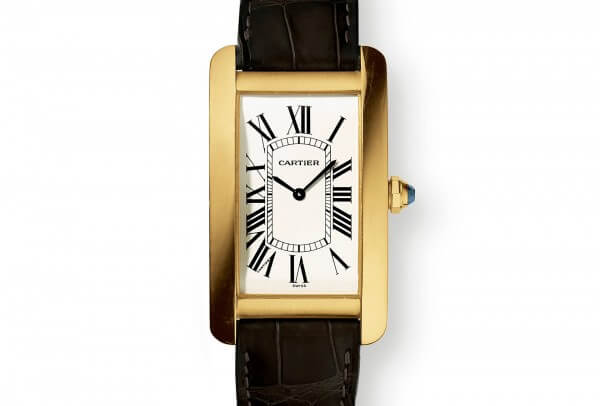
The collection today
The current Tank collection is shared across five models, beginning with the Tank Louis Cartier. It remains true to its namesake from 1922 which clearly had roots in what came to be known as Art Deco style. The Tank Cintrée, launched the previous year, gave rise in 1989 to the Tank Américaine. Though squarer and more massive, it shares the curved form of the original. Indeed, this was the first Cartier watch to have a curvilinear water-resistant case.
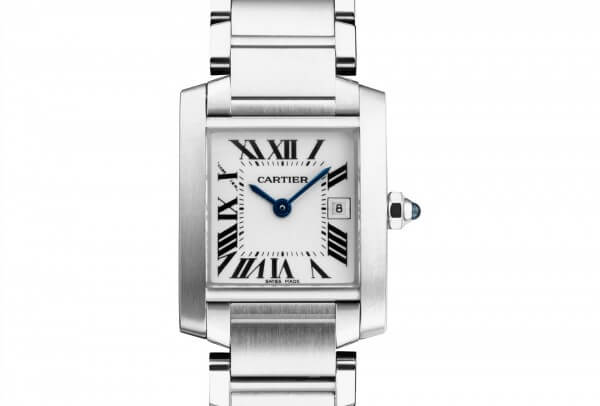
In 1996 the watchmaker-jeweller broke new ground with the Tank Française. The brancards slope towards the bracelet, usually metal, as though the curved case were just one of the many links which, notes Franco Cologni, give form to the object. Here, more than ever, bracelet and watch form a whole.
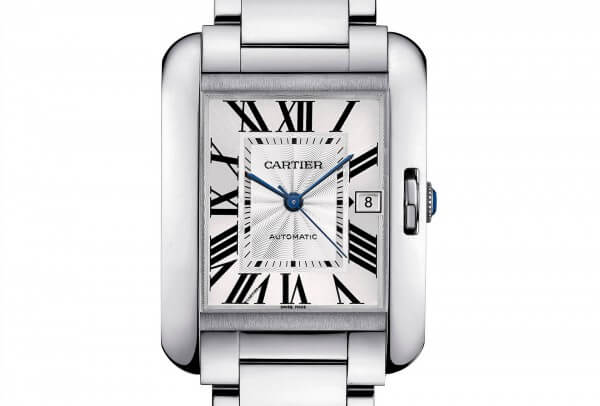
More recent additions to the collection are the Tank Anglaise in 2012, whose crown is set in the right brancard, and in 2013 the Tank MC for Manufacture Cartier, thus named as it was launched with Cartier’s first in-house movement, the automatic Calibre 1904 MC introduced in 2010, inside a distinctly masculine case with a sapphire crystal back.








